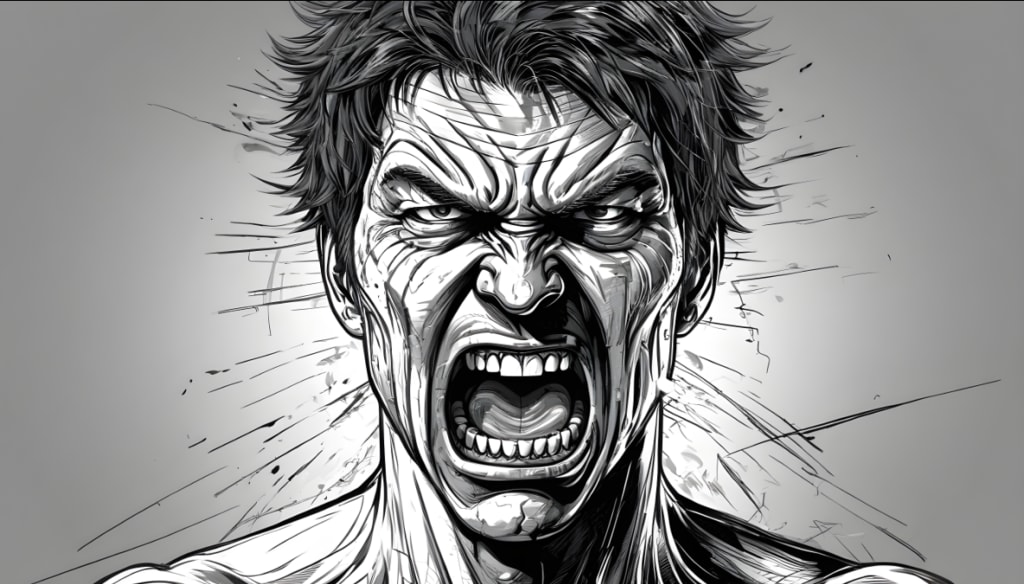Decoding the Language of Taboo: Unveiling the Power and Evolution of Bad Words
An In-Depth Exploration into the Origins, Functions, and Future of Swearing in Human Communication

When you initiate a call to customer service and are greeted with the familiar disclaimer, "to ensure quality service your call may be monitored or recorded," you might not fully grasp the depth of what follows. The Marchex Institute, over the past year, scrutinized over 600,000 recorded phone conversations made by Americans to businesses in the United States, unearthing intriguing patterns in the usage of curse words. As it turns out, the residents of Ohio topped the list as the most likely to employ explicit language, while Washington state residents emerged as the least likely. However, what exactly classifies a word as "bad," and how has the concept evolved over time?
Etymologically, even the term 'bad' can be considered a bad word. Its roots in Old English depict it as a derogatory term for an effeminate man. This linguistic journey illustrates the fluid nature of language and how words' meanings can transform across generations. Swear words, despite their societal taboo, play a significant role in communication, with some studies suggesting that they constitute about 0.7% of the average English speaker's daily vocabulary.
In the realm of swearing, Steven Pinker delineates five types, beginning with "abusive swearing." This form involves the intentional creation or use of words to hurt others, insulting, humiliating, or marginalizing disfavored individuals. Notably, the historical context sheds light on "supernatural swearing," where referring to God was considered taboo in Victorian times, believed to cause physical harm to the divine entity.
Emphatic swearing, Pinker's second type, adds a layer of practicality to the taboo-ness of bad words. It serves as a means of conveying intense emotions that override the constraints of social conduct. Dysphemism, a subset of this type, involves using explicit language to emphasize the unpleasantness of an experience, allowing for a nuanced expression of feelings.
Word choices in swearing have societal implications, often influenced by historical class differences. Medieval England's linguistic divide between lower-class Saxons and upper-class Normans left lasting imprints on the English language. Similarly, today's swear words often exhibit class-based origins, with some stemming from Latin (considered more sophisticated) and others from Germanic roots.
Idiomatic swearing introduces a more casual atmosphere, where the use of bad words signifies an informal setting where social norms are relaxed. Cathartic swearing, associated with "lalochezia," provides a sense of relief in the face of pain, engaging different regions of the brain than regular language.
Swearing, in the digital age, has undergone significant changes, with certain once-forbidden words becoming more prevalent, especially on social media platforms. George Carlin's infamous seven words, once unsuitable for television, now find their way into tweets at a staggering rate. The evolution of swearing raises questions about its future, with the dynamics of language continually shifting.
As societal attitudes towards disease, sex, and the supernatural change, words associated with these themes also undergo transformations in taboo status. Historical contexts shape our perception of certain words, while new terms emerge to fulfill the expressive role that swearing plays in our lives. The evolving boundaries of acceptability reflect broader cultural shifts.
The debate around swearing involves considerations of censorship, freedom of speech, and the role of language in shaping societal norms. The power embedded in bad words is evident in historical instances like N.W.A's "F*** the Police," which prompted an official statement from the Federal Bureau of Investigations, showcasing the impact that language can have on societal discourse.
In conclusion, the exploration of bad words unveils a multifaceted aspect of human communication. From its historical origins to its contemporary transformations, swearing serves as a linguistic tool that reflects societal attitudes, class dynamics, and the ever-changing landscape of human expression. The boundaries of what constitutes a "bad word" are not fixed; rather, they represent an evolving dialogue between language, culture, and the human desire for meaningful communication.
About the Creator
Kei Ben
A fresh read goes a long way.
Enjoyed the story? Support the Creator.
Subscribe for free to receive all their stories in your feed. You could also pledge your support or give them a one-off tip, letting them know you appreciate their work.






Comments
Kei Ben is not accepting comments at the moment
Want to show your support? Send them a one-off tip.